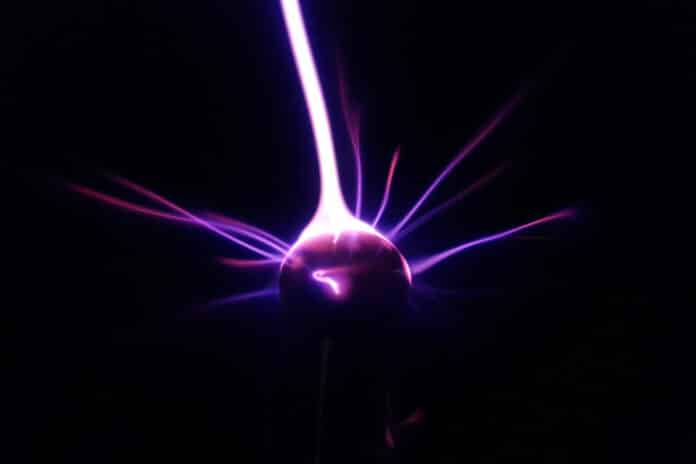
27 Feb, 2024 by Amit Malewar
Collected at : https://www.techexplorist.com/scientists-measure-gravity-quantum-world/81492/
Scientists are making progress in understanding the mysterious forces of the universe by measuring gravity on a microscopic level.
For centuries, experts have grappled with how gravity, first discovered by Isaac Newton, operates in the tiny quantum world. Even Albert Einstein was puzzled by quantum gravity, and his theory of general relativity suggested that there was no realistic experiment capable of revealing a quantum version of gravity.
The recent breakthrough in measuring gravity on a microscopic level could potentially unlock a whole new level of knowledge about the workings of the quantum world. Physicists at the University of Southampton have been able to detect a weak gravitational pull on a tiny particle using a new technique.
The experiment was published in the Science Advances journal and used levitating magnets to detect gravity on microscopic particles, which are small enough to border on the quantum realm. The results could help experts find the missing puzzle piece in our picture of reality.
“For a century, scientists have tried and failed to understand how gravity and quantum mechanics work together,” said lead author Tim Fuchs from the University of Southampton. “Now we have successfully measured gravitational signals at the smallest mass ever recorded, it means we are one step closer to finally realizing how it works in tandem. From here, we will start scaling the source down using this technique until we reach the quantum world on both sides. By understanding quantum gravity, we could solve some of the mysteries of our universe – like how it began, what happens inside black holes, or uniting all forces into one big theory.”
The rules of the quantum realm are still not fully understood by science. However, particles and forces at a microscopic scale are believed to interact differently than regular-sized objects.
In this context, academics from the University of Southampton, in collaboration with scientists from Leiden University in the Netherlands and the Institute for Photonics and Nanotechnologies in Italy, conducted an experiment to detect gravity on microscopic particles. Their study was funded by the EU Horizon Europe EIC Pathfinder grant (QuCoM).
It used a sophisticated setup involving superconducting devices known as traps, with magnetic fields, sensitive detectors, and advanced vibration isolation. The study measured a weak gravitational pull, just 30 attonewtons (aN), on a tiny particle 0.43 milligrams in size by levitating it in freezing temperatures a hundredth of a degree above absolute zero, which is about minus 273 degrees Celsius.
The results open the door for future experiments between even smaller objects and forces, said Professor of Physics Hendrik Ulbricht, also at the University of Southampton.
“We are pushing the boundaries of science that could lead to new discoveries about gravity and the quantum world,” he added. “Our new technique that uses extremely cold temperatures and devices to isolate the vibration of the particle will likely prove the way forward for measuring quantum gravity. Unraveling these mysteries will help us unlock more secrets about the universe’s very fabric, from the tiniest particles to the grandest cosmic structures.”
Journal reference:
- Tim M. Fuchs, Dennis G. Uitenbroek, Jaimy Plugge, Noud van Halteren, Jean-Paul van Soest, Hendrik Ulbricht, Tjerk H. Oosterkamp. Measuring gravity with milligram levitated masses. Science Advances, 2024; DOI: 10.1126/sciadv.adk2949

Leave a Reply